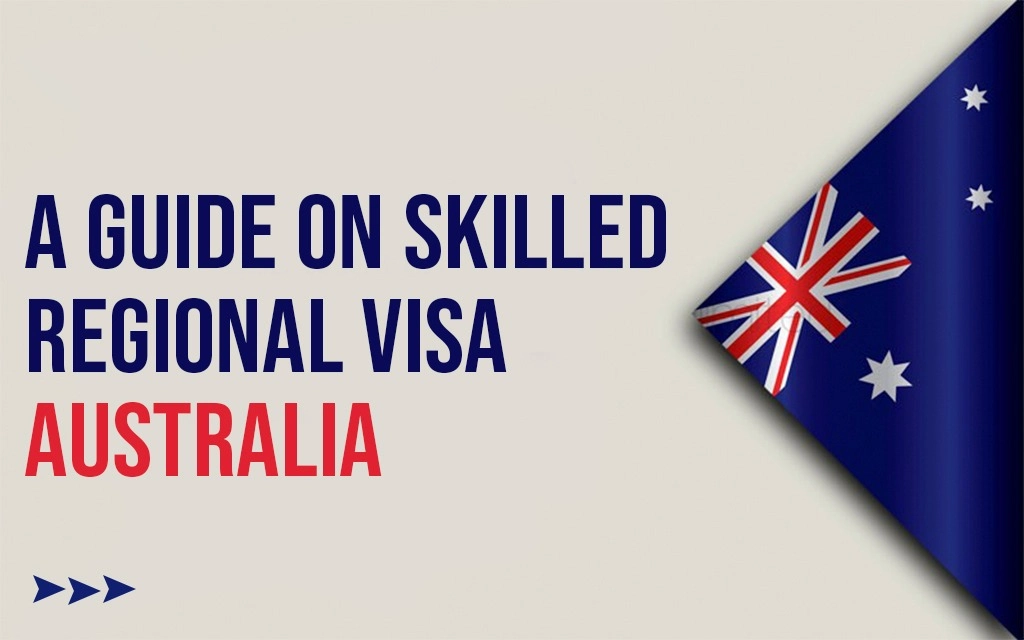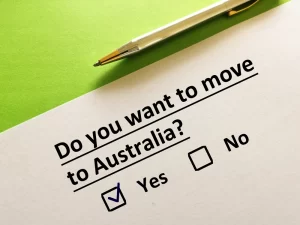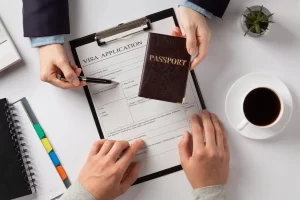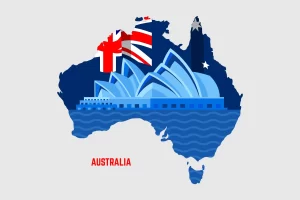The “Skilled Independent Visa” (Subclass 189) is a special category of permanent residence visa. It is issued to points-tested skilled workers who wish to work and live in Australia but who do not have any family or employer sponsoring them nor are nominated by a state or territory government.
Any individual who wishes to apply for the 189 visa will be invited to apply through “SkillSelect” after they have submitted a formal expression of interest.
As a permanent residence visa, all those who are granted the 189 visa are entitled to the following:
- They may reside, work and study in Australia indefinitely.
- They are eligible for Medicare, which is a government scheme for affordable health-related expenses.
- They may be eligible to apply for Australian citizenship if they meet the requirements.
- They can sponsor relatives for permanent residence if the relatives meet the eligibility criteria.
- They are allowed travel to and from Australia for a period of five years after the visa is granted.
These benefits are applicable to the individual who is granted the 189 visa as well as all family members who have also been granted the same visa. The individual may be in or out of the country when the application is submitted and also when the visa is granted.
SKILLED OCCUPATIONS LIST (SOL) 2017/2018 REVIEW
The Skilled Occupations List or SOL is composed by the Minister for Immigration and Border Protection with advice by the Department of Education and Training. The Australian economy has certain needs in terms of medium to long term skills. Those occupations that are in high demand are listed in the Skilled Occupations List. Individuals who meet the criteria for any of the listed occupations may apply for a visa under skilled migration.
A formal 2-step process is used to determine whether an occupation should be listed under the SOL.
First, occupations that are vulnerable to supply restrictions are shortlisted. Supply restrictions could occur due to the amount of time that it would take to develop those skills. Also included are occupations that would require the government to intercede to resolve these restrictions either due to the possible repercussions of supply side policies or because of the cost of the shortage.
The occupations identified in the first step are then re-evaluated to determine whether skilled migration would benefit them in terms of the medium to long term skill needs of the economy. Several different factors are taken into consideration during this assessment.
The Skilled Occupations List is not a fixed list. It changes every year to meet with the changing economy in Australia. The new list is published every year on July 1st. The SOL 2017 – 2018 submissions are closed and being reviewed at the moment.
The 2017-18 SOL will come into effect on 1 July 2017.
Last year several occupations were added and removed to the SOL:
Occupations being added to the SOL from 1 July 2016 were:
- Orthotist or Prosthetist (ANZSCO 251912)
- Audiologist (ANZSCO 252711).
Occupations removed from the SOL on 1 July 2016 were:
- Mining Engineer (Excluding Petroleum) (ANZSCO 233611)
- Petroleum Engineer (ANZSCO 233612)
- Metallurgist (ANZSCO 234912)
- Environmental Health Officer (ANZSCO 251311)
- Occupational Health and Safety Adviser (ANZSCO 251312)
- Dental Hygienist (ANZSCO 411211)
- Dental Prosthetist (ANZSCO 411212)
- Dental Technician (ANZSCO 411213)
- Dental Therapist (ANZSCO 411214).
The following occupations were flagged for removal during the last review:
133513 Production Manager (Mining)
221111 Accountant (General)
221112 Management Accountant
221113 Taxation Accountant
224111 Actuary
224511 Land Economist
224512 Valuer
231212 Ship’s Engineer
231213 Ship’s Master
231214 Ship’s Officer
232212 Surveyor
232213 Cartographer
232214 Other Spatial Scientist
233111 Chemical Engineer
233211 Civil Engineer
233212 Geotechnical Engineer
233213 Quantity Surveyor
233214 Structural Engineer
233215 Transport Engineer
233411 Electronics Engineer
233511 Industrial Engineer
233512 Mechanical Engineer
233513 Production or Plant Engineer
233911 Aeronautical Engineer
233912 Agricultural Engineer
233913 Biomedical Engineer
233914 Engineering Technologist
233915 Environmental Engineer
233916 Naval Architect
234611 Medical Laboratory Scientist
234711 Veterinarian
251211 Medical Diagnostic Radiographer
251212 Medical Radiation Therapist
252411 Occupational Therapist
262611 Podiatrist
252712 Speech Pathologist
253111 General Practitioner
253211 Anaesthetist
253312 Cardiologist
253315 Endocrinologist
253316 Gastroenterologist
253317 Intensive Care Specialist
253321 Paediatrician
253913 Obstetrician and Gynaecologist
253999 Medical Practitioners nec
271111 Barrister
271311 Solicitor
272314 Psychotherapist
272399 Psychologists nec
351311 Chef
399111 Boat Builder and Repairer
399112 Shipwright
Source: https://www.education.gov.au/flagged-occupations-sol-2016-17
SKILLED OCCUPATIONS LIST (SOL) – WHAT APPLICANTS SHOULD BE DOING
For anyone wishing to apply for subclass 189 visa, the most important thing to remember is that the skills list keeps changing every year. The new list will come into effect from 1st July 2017. With that in mind, if you wish to apply for this visa and if your occupation is listed on the SOL, you should not delay in applying as you could risk having your occupation not listed in the new SOL.
This means you must submit your expression of interest through SkillSelect and receive the invitation to apply for the 189 visa before 1st July 2017. During the review process, while new occupations may be added, some of the older occupations may be removed, and this could impact your eligibility.
To be granted a visa, you will also need to meet other eligibility criteria.
Don’t let your opportunity pass you by, contact us today.

